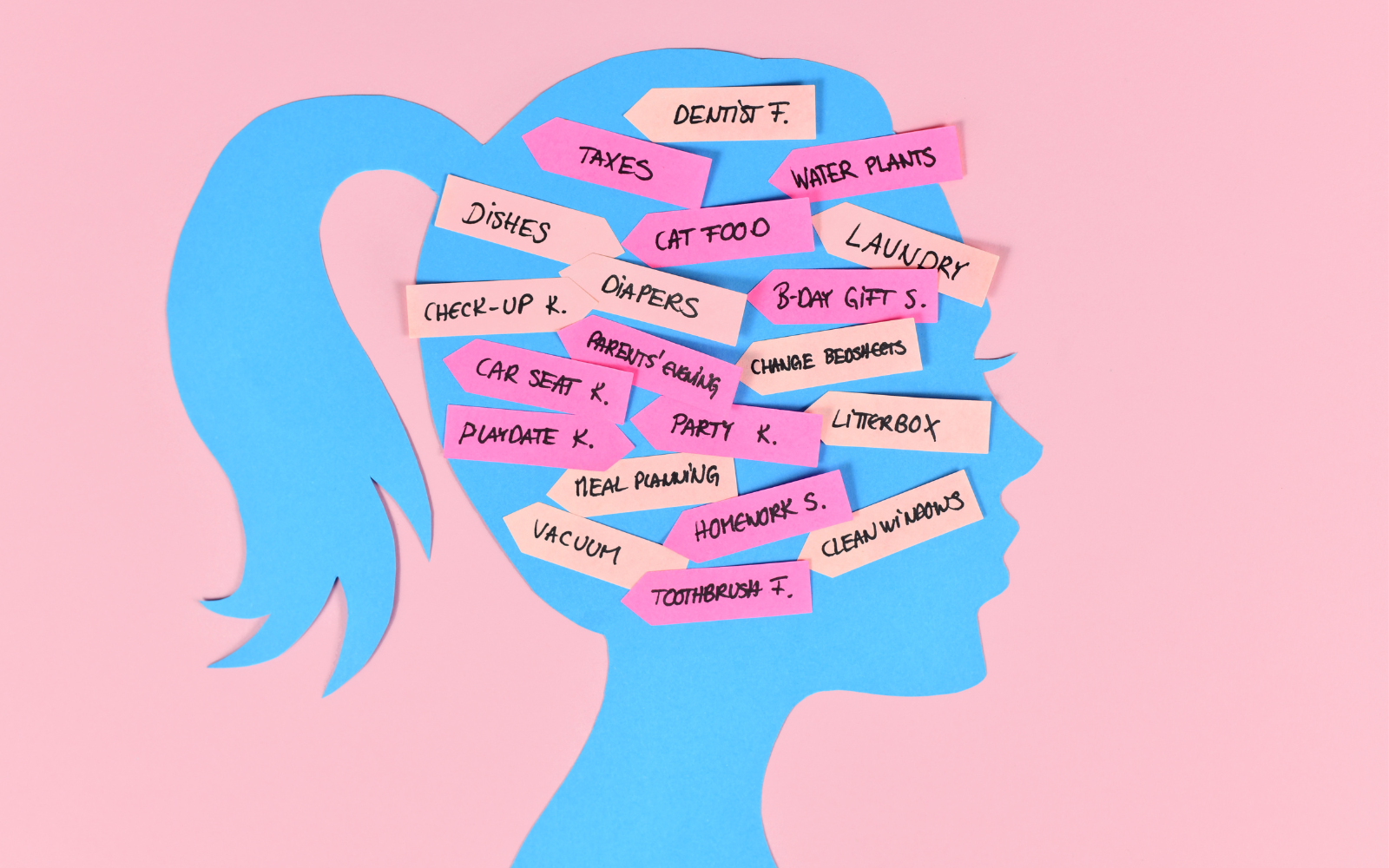
Parental Burnout: How to Cope When You're Overwhelmed
At times parenting can feel like you are adrift in a sea of uncertainty. You can just faintly see the horizon, but it feels somewhat impossible to reach. Some days it feels like the to-do list, or the sorting and planning will never end. At times, it feels that you have a million different things to do but have no idea how you will go about doing it.
You know that one day surely things will get easier, and one day your baby might just sleep, but it is hard to know for sure when that day will come. It may feel that the boat you are in is barely keeping afloat, and wave after wave keeps rolling in – knocking you about.
If you are at sea, and the sea looks rough and uncertain, how do you manage? You cannot get rid of the rough sea or stop the storm. Even turning back would be hard. So, you drop anchor. You find a patch of stillness, and calm, and you anchor yourself there until the storm passes.
Of course, we aren’t really in boats, and we normally do not face weather storms. Instead, as parents, the storms that we might face are emotional ones or when life becomes chaotic and busy. So instead of waves knocking you about, it might be worrying or negative thoughts, it might be hard or difficult feelings, or it might be tough and busy times.
Yes, I want more sleep!
If you need a helping hand with tackling your baby’s sleep, then check out our Pediatrician-recommended App.
Get our Baby Sleep App
As parents, we might be facing chronic sleep deprivation, toddler tantrums, health worries, routine battles, returning to work, relationship difficulties, financial concerns, and any other daily difficulties that may arise. These challenges are like waves from a storm, knocking us about and making things feel hard, difficult and uncertain.
Of the many and varied challenges or ‘storms’ that we may face as parents, one that does stand out is the mental load we carry. Whilst there are some exceptions, the mental load is typically felt by mothers who tend to run the household. The mental load is not something we “see” but refers to the invisible workload of running a family and a household.
It is not so much the doing of tasks, but it is thinking about, planning, organising, problem solving, and logistics involved in the household. For example, the mental load may refer to thinking about the washing, what is for dinner that night, what the routine for the day is going to be, logistics of sleep-times, pick-up times, and housework. It is the continual feeling that we are juggling a million different balls in the air.

The mental load can also refer to the “emotional load” that we carry. For example, feeling worried about our babies or children – from their health to problems or difficulties that they may be facing such as bullying at school, or even if they have anyone to sit with at lunchtime. Another example of the emotional mental load is when you finally get some child-free time, yet tend to spend the entire time thinking about your babies or children!
The other thing about the mental load is that it is continuous – that means it does not seem to end. Rather, more just gets piled on top of it. When we couple the mental load with the physical load – so the actual carrying out of these tasks - it is no wonder many mothers feel burnout and overwhelmed. The exhaustion of carrying the weight of the family and household can make it feel like we can barely keep our heads above water.
This is exactly when we need to ‘drop anchor’. And here’s how we can do it in three steps:
1. Acknowledge how you are feeling.
In this step, I want you to acknowledge how you are feeling. With kindness, and curiosity, notice what feelings are showing up for you. Name these feelings – for example, “here comes anxiety”. Also notice what your mind might be saying – for example “I feel really overwhelmed”.
2. Come back to your body and ground yourself
As you notice and become aware of how you are feeling and what you are thinking, I want you to come back into your body and connect with yourself. Imagine your body to be your boat and the waves as your thoughts and feelings. Instead of battling the waves, you are going to find stillness.
Push your feet firmly into the ground and as you do so, notice how the ground beneath you is supporting you. If you are sitting down, notice how the chair supports you, and how you are grounded in the here and now. You may like to stretch different parts of your body or touch your hands together and notice how it feels to connect with your body. You may even like to take one or two deep breaths. As you connect with yourself and notice how your body is grounded, imagine that you are slowly dropping the anchor down.
3. Engage in the world around you.
Once you have connected with your body, and grounded yourself, bring your attention to the world around you. Notice five things that you can see with a child-like curiosity – notice their colour, texture and shape. Maybe you can hear something? Focus in on what you can hear. Or if you are engaged in a task, bring your attention fully to the task at hand. Engaging fully in the world around you helps to connect you with the here-and-now, further grounding you and anchoring you to this moment in time.
Say goodbye to sleepless nights.
Join over 800,000 families worldwide who are enjoying excellent sleep with our Sleep App, created by experts in the field of pediatric sleep.
Get our Baby Sleep App
It is a good idea to go through these three steps about three times; notice and be aware of how you are feeling, connect with your body and engage and ground yourself in the present moment. As you work through these three steps you will ‘anchor’ yourself in the present moment and allow the storm to pass.
Remember – you are not getting rid of the storm, but you are grounding yourself as it passes. I encourage you to do this each time an emotional storm begins to surface, or the mental load gets too much. When you can anchor yourself, and find stillness, you can finally get a break from the load that you are carrying.
"Whatever the weather, or whatever happens on the surface of the mountain - the mountain stands firm, strong, grounded and permanent. We can be like that mountain, observing thoughts, feelings, sensations and knowing inner stillness" - unknown





